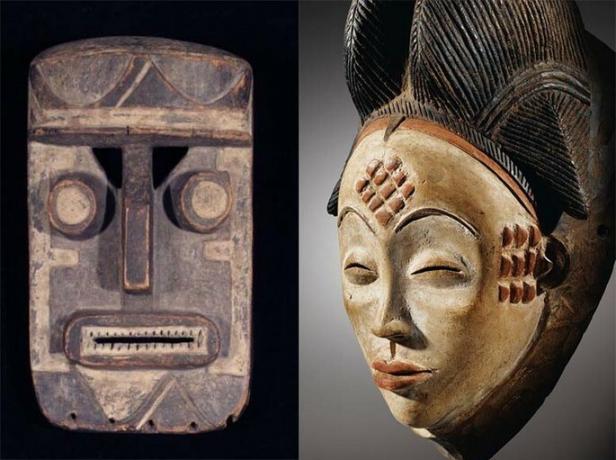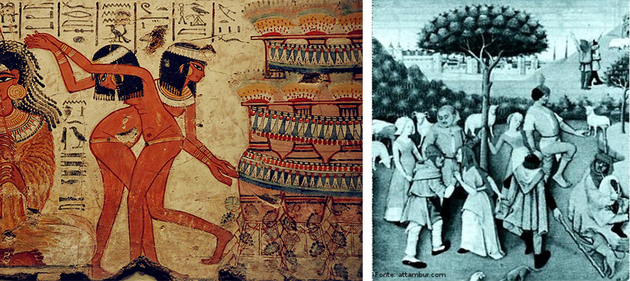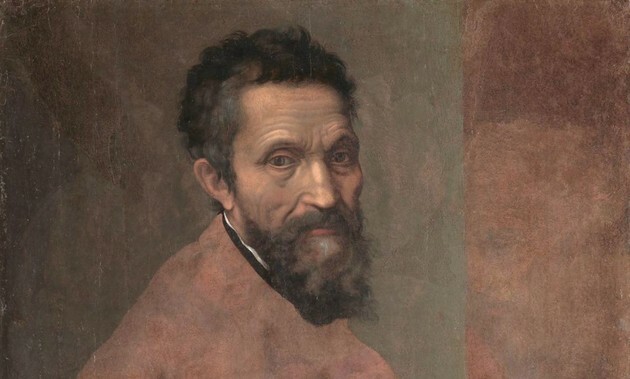African masks are cultural elements of extreme importance for the different peoples who integrate Africa, especially for the countries of the sub-Saharan region, located to the south of the desert of the Sahara.
There are many types, meanings, uses and materials that make up these pieces, and the same people can have several different masks.
These objects are part of the enormous wealth of the African continent, and became known in the West, in large part, because of the European artistic avant-gardes. Some artists from these currents began to integrate clear references to African art in their own works.

African masks and rituals
Despite being recognized as artistic objects, the African masks, in reality, represent much more than mere props for the populations that use them. They are ritual symbols that have the power to bring people closer to spirituality.
These pieces are produced as essential instruments in various rites, such as initiation rituals, births, funerals, celebrations, weddings, cures for the sick and other important occasions.
In general, the rituals also feature music and dance, as well as their own clothing. A "magical" atmosphere is created in order to transform the participants wearing the masks into representations of ancestors, spirits, animals and gods.
Check out a video of the Dogon people in Mali during a ritual.
Types and meanings of African masks
African masks have different meanings from each other, depending on the occasion, the culture and the people who wear them.
Some have abstract shapes with geometric patterns, such as the pieces used by the Bwa people, located in Burkina Faso. For them, this type of adornment is directly related to the forest spirits, invisible beings.
The Senufo people of Côte d'Ivoire, on the other hand, wear masks that value patience and pacifism, expressed through half-closed eyes.

Unlike them, the Grebo, also from Côte d'Ivoire, wear masks that display wide, round eyes. This kind of looking is related to a state of attention and an angry attitude.
There are also masks that act as symbols of animals, bringing out the characteristics of these animals, such as the strength of the buffalo, for example.
Some cultures also use female representations in their masks, such as the Punu culture in Gabon, the Baga people in Guinea-Bissau and the Idia in Benin.

Production and materials of African masks
There are many materials used as support for making these pieces. The most common of these is wood.
In addition to wood, they can be made with leather, fabrics, ivory, ceramics and metals such as bronze and copper. You can also add other elements, such as hair and horns.
The respect for these objects is enormous and the artisan who produces them must be an initiate of the tribe. He performs rituals so that he is allowed to create these pieces, which will be a kind of portrait of the collective desires.
Video about African art
This is followed by a documentary from the Nova África program, TV Brasil, which presents particularities about African art, with an emphasis on masks.



